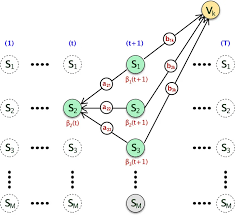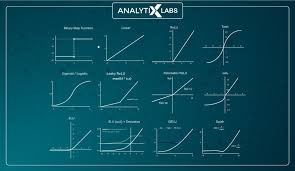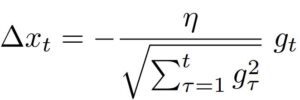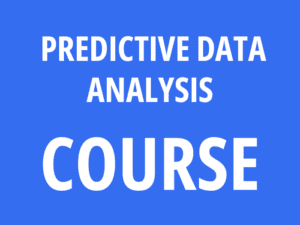A Brief History of the Backward Phase
The Backward Phase is a computational technique rooted in probabilistic modelling, developed in the 1970s. It plays a critical role in decoding sequential data within Hidden Markov Models (HMMs), driving advancements in fields such as speech recognition, bioinformatics, and predictive analytics.
What Is the Backward Phase?
The Backward Phase calculates the likelihood of observed sequences, starting from the end and working backward. This systematic method infers hidden states with precision, making it an essential tool in sequential data analysis.
Why Is the Backward Phase Used?
The Backward Phase is invaluable in various contexts, including:
- Sequential Data Analysis: Improves decision-making in probabilistic models.
- Predictive Modelling: Decodes hidden states with high accuracy.
- Operational Efficiency: Manages and analyses large-scale datasets with precision.
How Is the Backward Phase Used?
The Backward Phase follows a structured process:
- Initialisation: Define the probability of the final observation.
- Iterative Calculations: Compute probabilities of prior states using transition probabilities.
- Integration: Combine results with the forward phase for comprehensive probabilistic modelling.
This iterative process ensures precise decoding of hidden states within sequential data.
Key Features of the Backward Phase
The Backward Phase offers the following core features:
- Scalability: Effectively handles large datasets and complex models.
- Flexibility: Supports integration with advanced modelling techniques.
- Accuracy: Provides precise decoding of hidden states.
Popular Tools for Implementing the Backward Phase
Several tools simplify the implementation of the Backward Phase:
- NumPy and SciPy: Python libraries for numerical computations.
- HMMlearn: Specialised for Hidden Markov Models.
- TensorFlow: Facilitates scalable deep learning frameworks.
- R Packages: Provides statistical analysis tools for advanced modelling.
Applications of the Backward Phase in Australian Government Agencies
The Backward Phase plays a crucial role in solving real-world challenges across Australian industries:
- Transportation Optimisation:
- Application: Predicting demand and improving public transport efficiency using sequential data.
- Healthcare Analytics:
- Application: Forecasting patient health outcomes through probabilistic modelling, enabling better resource allocation.
- Environmental Science:
- Application: Enhancing climate and weather prediction models using Hidden Markov-based frameworks.
Conclusion
The Backward Phase is a powerful computational tool for decoding sequential data and inferring hidden states. Its applications in transportation, healthcare, and environmental science underscore its importance in modern data analysis. With robust tools like HMMlearn, TensorFlow, and R, the Backward Phase remains an indispensable technique for solving complex data challenges.
How interested are you in uncovering even more about this topic? Our next article dives deeper into [insert next topic], unravelling insights you won’t want to miss. Stay curious and take the next step with us!








